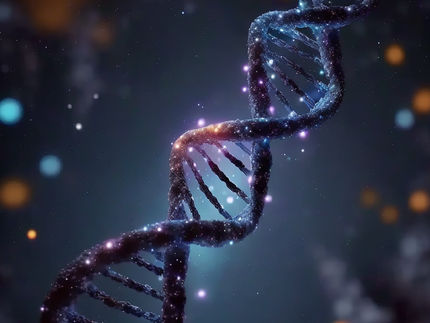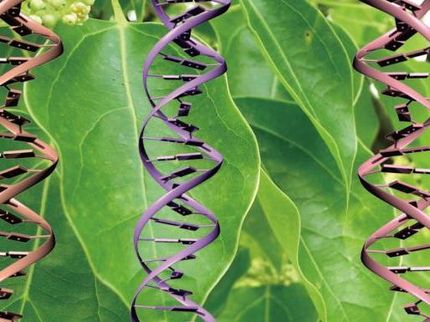Mapping a Clan of Mobile Selfish Genes
Classic examples of “selfish genes,” Alu retrotransposons are gradually changing human DNA by making copies of themselves and “jumping” to new locations.
Much of human DNA is the genetic equivalent of e-mail spam: short repeated sequences that have no obvious function other than making more of themselves. After starting out in our primate ancestors 65 million years ago, one type of repetitive DNA called an Alu retrotransposon now takes up 10 percent of our genome, with about one million copies. Roughly every 20th newborn baby has a new Alu retrotransposon somewhere in its DNA, scientists have estimated.
“I think of them as molecular machines that can copy themselves and move around the genome, says Scott Devine, PhD, assistant professor of biochemistry at Emory University School of Medicine. “These elements pose a major threat to our genetic information, because they can damage genes when they jump into them, leading to altered traits or diseases such as cancers.”
As mutations gradually blur the features of older Alu elements, some become unable to make copies of themselves. To identify the Alu retrotransposons that are still capable of moving around, Devine and graduate student E. Andrew Bennett, who is first author, divided them into families and tested a representative of each family in the laboratory.
“We wanted to see what dictates whether an Alu element will be mobile,” Devine says. “That way we could predict which Alu copies are more likely to damage our genetic information. This information will become very useful as we enter the age of personalized genomics, allowing us to make predictions about the future health of individuals.”
Alu elements get their name because they usually include the recognition site for the enzyme Alu I (AGCT), a common laboratory tool for cutting DNA into pieces. Geneticists have already identified over 40 Alu elements that interrupt genes and cause human diseases, including neurofibromatosis, hemophilia and breast cancer, Devine says.
Bennett and Devine tested Alu elements by putting each of 89 family representatives on a small circle of DNA next to a gene that allows human cells to resist a poisonous drug. They then introduced the DNA circles into cells in culture dishes.
If the Alu element could jump, carrying the drug-resistance gene onto the cells’ chromosomes, the cells survived the drug. The authors conclude that around 10,000 Alu elements are still capable of jumping around, with 37,000 having at least a low level of activity. The youngest ones were all capable of moving around, and the oldest ones were all inactive.
“These results mean that Alu is by far the most abundant class of jumping genes and poses the greatest transposon-mediated threat to our genomes,” Devine says.
Original publication: Bennett, E.A. et al; "Active Alu retrotransposons in the human genome."; Genome Res. 2008.
Most read news
Topics
Organizations
Other news from the department science

Get the analytics and lab tech industry in your inbox
By submitting this form you agree that LUMITOS AG will send you the newsletter(s) selected above by email. Your data will not be passed on to third parties. Your data will be stored and processed in accordance with our data protection regulations. LUMITOS may contact you by email for the purpose of advertising or market and opinion surveys. You can revoke your consent at any time without giving reasons to LUMITOS AG, Ernst-Augustin-Str. 2, 12489 Berlin, Germany or by e-mail at revoke@lumitos.com with effect for the future. In addition, each email contains a link to unsubscribe from the corresponding newsletter.



















































